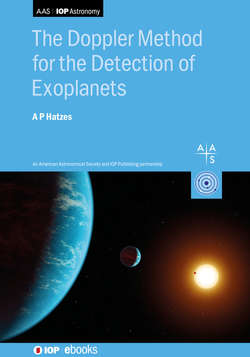Читать книгу The Doppler Method for the Detection of Exoplanets - Professor Artie Hatzes - Страница 23
На сайте Литреса книга снята с продажи.
2.1.5 Scattered Light
ОглавлениеScattered light comes from photons that are redirected into the optical path. Because the light has not properly traversed the optical path of the spectrograph, it is recorded on the detector at a position that has no relationship to its original wavelength. In short, it is light appearing on your detector where it should not be. It primarily comes from dust on the grating, optics, light leaks, etc., as well as light reflected off (in an undesired direction) optical surfaces.
Figure 2.8 shows a cut perpendicular to spectral orders of an unreduced stellar spectrum. The peaks represent the spectral orders where most of the light should be, but one can see that the intensity in between the orders does not reach zero (the bias level has been subtracted; see below), which would be the case if there were no scattered light.
Figure 2.8. A cut along CCD detector columns of an unreduced echelle spectrum. The peaks are the spectral orders. Note the nonzero intensity in the interorders due to scattered light.
Improper scattered-light subtraction will alter the true depths of the spectral lines. This is definitely important if you want to perform stellar abundance studies, which depend on the line strength, but it can also have an influence on the RV measurement. This is primarily through slight changes in the line depth (see Chapter 3), but also because of the slight mismatch between the stellar observation and the template used to calculate the RV (see Chapter 5).
Proper scattered-light subtraction requires a good separation between orders, which should be considered when designing a spectrograph.
